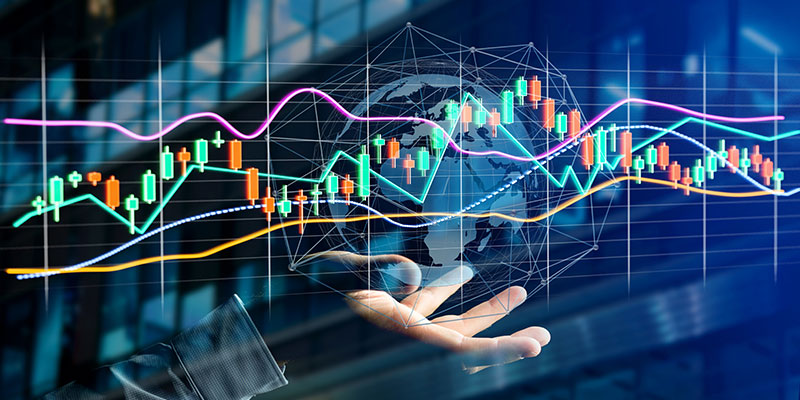The Forex industry uses a lot of forex-specific vocabulary. To help you out, we’ve compiled a few terms that are the most common or are the most important to know when getting involved in Forex.
Bearish or Bear Market:
When there is an expectation that the market will go down, and the price will decrease. For example, saying “USD/JPY is bearish” means you expect that the dollar to become weaker against the yen.
Bullish or Bull Market
The opposite of a bearish market. A Bull market is where there is an expectation that the market will go up. For example, saying “gold will trend bullish” means you expect that the price of gold will rise.
Clearing
The process of settling a trade. Often used with day trading when positions are closed at the end of the day. The word ‘closed’ is used for the trades that are closed throughout the day. For example, “I’ve cleared all my trades” compared to “I’ve closed my buy on swissie.”
Commission
A fee is charged for buying or selling a product. When you’re checking for a broker to sign up with, you must check how much the commission is.
CFDS
CFD stands for Contract for Difference. It is a contract that allows traders to leverage their capital and control much more money than they actually possess, taking advantage of the change in the value of a larger amount of value. The entire retail forex industry relies on CFDs and leverage to attract customers, which is the reason why investing in forex can have huge returns.
Day Trader
Speculators who take positions in the market and then closes those positions within the day. These people do not keep overnight trades.
Fundamental Analysis
The analysis of all ‘outside’ information on an instrument. For example, doing a fundamental analysis on the GBP will mean checking economic factors, job data, international relations, natural resources, and other data of the UK. Fundamental analysis involves checking all data outside of the market itself. The conclusions made from the fundamental analysis are made to try and predict market movement and are usually subjective as well.
Future
An agreement between two parties to execute a transaction at a specified time in the future when the price is agreed in the present. For example, a farmer can sell a corn future at an agreed price for a corn crop that hasn’t yet grown.
Hedge
Taking a position or several positions to decrease the risk of another position. In practical trading, this may mean to take a buy and sell position at the same time in the same instrument.
Margin Call
When a position that has gone deep into the negative to the extent that there is not enough equity left to support the position, a margin call will be issued. A margin call is when more funds are needed to keep a negative position.
Rally
If there is a recovery (increase in price) of an instrument after a period of declining price, that is called a rally.
Slippage
The difference between the price that was asked for and the price that was actually processed, which may have changed due to market conditions, internet lag, latency, or as a fault of the trading software. During particularly volatile market conditions, there is a higher chance of slippage.
Stop Loss Order
By far, the most essential tool to manage trading risk. A stop-loss order is an order set at a price, either below the buy position or above the sell position, so that if the market moves against your order, the stop-loss triggers automatically and reduces loss. The position of your stop-loss depends on whether you are trying to do long term trades or short term trades and the size of the contract.
Technical Analysis
The analysis of market movements and market patterns to try and get clues for future movements. It involves the data present only in the market. For example, checking historical resistant or support prices to see if they apply today.
The study of the charts of past price patterns as to the direction of future price movements.
Volatility
Volatility is the amount of range of change that occurs in an instruments price. A higher volatility means a higher range of movement. If an instrument is more volatile, there are more possibilities to make money; however, there is more risk as well. For example, 20 years ago, the volatility of gold was relatively low, moving 3 dollars on an average day and 10 on a volatile day. Today the volatility of gold is much higher, moving 10 or more dollars on an average day and up to 30 on a volatile day.
